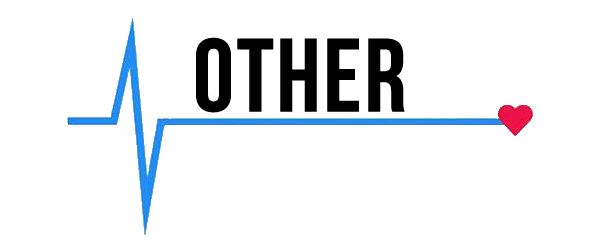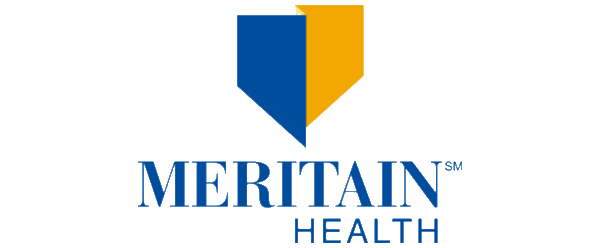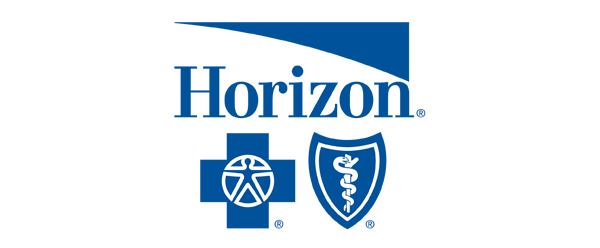Your Personalized Orthopedic Solutions for Musculoskeletal Health
While internet research is helpful, it can’t replace a professional diagnosis when it comes to orthopedic solutions for musculoskeletal health. Consulting a doctor will equip you with the information you need. This knowledge will empower you to make informed decisions about your long-term musculoskeletal health.
Your decision depends on several factors. For acute injuries, physical therapy or medication might suffice. For severe joint damage, surgery might be necessary. Additionally, some patients prefer non-invasive approaches initially, while others might opt for surgery, achieving a faster return to normal activities.
Based on your diagnosis, a pain management specialist or doctor will weigh the pros and cons of each option. Then your specialist will recommend the most appropriate course of treatment. Discuss your research, concerns, and preferences to create a personalized treatment plan that addresses specific needs and goals.
While open communication with your doctor is key, there’s a lot more to it than that.
Variety of Orthopedic Solutions for Musculoskeletal Health
A patient might choose one orthopedic solutions for musculoskeletal health treatment over another based on a variety of factors. The extent of injury or degeneration and specific bodily structures affected may dictate your most appropriate treatment approach.
Some patients may have preferences regarding non-invasive or conservative treatments over surgical interventions. They typically prioritize treatments with fewer side effects or risks.
A patient’s lifestyle, occupation, and activities may also influence treatment choices. If you’re highly active, you may opt for treatments that facilitate a quicker return to physical activity. Past experiences with orthopedic interventions and their outcomes may also guide your future treatment decisions. If certain treatments have been effective or ineffective, patients usually adjust their approach accordingly.
Taking a step back, insurance coverage, out-of-pocket expenses, and availability of specialized services and providers are all important considerations.
On top of this, the evolution of musculoskeletal treatments should be noted. For knee pain and low back pain, conventional medicine recommends medication as the first line of treatment. This is followed by surgery for patients who don’t respond to medication.
Today, non-pharmacological interventions are prioritized. Some surgical procedures are even actively discouraged for musculoskeletal conditions, such as low back pain, hip osteoarthritis, and knee osteoarthritis.
Why the change? Research, evidence, and public awareness on the harmful effects of medication overuse and above-average appetites for surgery has increased. Health care overuse occurs in society when services are utilized without any net benefit or lead to harm. Years of clinical-practice feedback and research have informed these findings.
This means pain management specialists and physical therapists have an unprecedented opportunity to provide evidence-based musculoskeletal solutions.
Your Options, Therapies, and Approaches for Healing
Acupuncture, chiropractic care, and massage therapy have introduced innovative approaches to the world of orthopedic solutions for musculoskeletal health. Under the umbrella of pain management and functional improvement, these treatments stimulate healing and pain relief. They improve circulation, reduce muscle tension, and promote relaxation, providing an effective aid.
Some patients choose solution injections for specific areas, or Prolotherapy. This stimulates tissue healing and strengthens ligaments and tendons. A similar treatment is injecting special solutions into a patient’s concentrated platelets, or Platelet Rich Plasma Therapy. This can stimulate tissue healing in muscles, tendons, and joints. Just know that regenerative medicine is still an evolving area of medicine.
All of these therapies promote healing and regeneration. Emerging options like stem cell therapy and prolotherapy are geared to stimulate damaged musculoskeletal structures. Sometimes, Corticosteroid injections reduce inflammation and pain in targeted areas like joints or near tendons.
Other techniques, such as Transcutaneous Electrical Nerve Stimulation and Neuromuscular Electrical Stimulation, can control pain. They enhance muscle activation through electrical impulses. Also, biomechanical interventions are successful for some patients. Gait analysis, biomechanical assessments, and custom orthotics are less commonly utilized. However, they can be beneficial in addressing underlying movement patterns and imbalances contributing to musculoskeletal dysfunction.
Believe it or not, physical therapy can be very effective. It strengthens muscles, improves flexibility, and restores mobility to manage pain and prevent future problems. Utilizing braces and splints would also fall under this as a sub-category. These offer support and stability to injured or weakened joints, promoting healing and pain relief.
Lastly, patients always benefit from losing weight, maintaining good posture, and using heat and ice therapy to manage musculoskeletal pain.
Orthopedic Solutions for Musculoskeletal Health: What’s Your Condition?
Your orthopedic solutions for musculoskeletal health will depend on the conditions impacting your daily lifestyle. These include joint problems, such as Osteoarthritis, Rheumatoid Arthritis, Psoriatic Arthritis, Gout, and Spondyloarthritis. They can take a huge toll on your bones, as well as associated fractures and traumatic stress areas.
Your muscles may also be suffering from inflammation and pain, such as Sarcopenia. Don’t overlook the possibility of one or more of these deeper underlying issues embedded in your musculoskeletal structure.
Many areas of your body, including your back and neck, are intertwined with specific pain points. This can include inflammation problems like connective tissue diseases and Vasculitis, which come with musculoskeletal issues.
There’s also a rehabilitation storyline to the musculoskeletal story. “Musculoskeletal conditions are the highest contributor to the global need for rehabilitation,” according to the World Health Organization. “They are among the largest contributors to the need for rehabilitation services among children.” They account for approximately two-thirds of all adults in need of rehabilitation.
The organization says “musculoskeletal conditions often coexist with other non-communicable diseases.” This increases the risk of developing other non-communicable diseases, such as cardiovascular disease. People with musculoskeletal conditions “are also at higher risk” of developing mental health issues.
Innovative Research Fueling Treatments for Your Pain
Orthopedic solutions for musculoskeletal health is one of the top medical research focal points in muscle-bone health today. Millions of dollars are donated annually to musculoskeletal research centers to support innovative studies and care, according to University Times.
Some of the most recent research includes molecular, genetic, and biological mechanisms in spine-related diseases. Donations have poured into the Orland Bethel Family Musculoskeletal Research Center at the University of Pittsburgh School of Medicine. Additionally, understanding the influence of gender and age on disease and recovery from musculoskeletal disorders has become increasingly important.
Developing therapies for Osteoarthritis is especially in focus, as well as stem-cell repair and recovery research on peripheral nerve injuries. Above all, applying machine learning algorithms for orthopedic issues is also gaining more steam.
These centers and efforts are bringing together innovative researchers and fostering new partnerships. Thankfully, they’re creating exciting new research opportunities for university medical faculty, students, residents, and fellows. The ultimate goal is to uncover new discoveries and encourage better patient care.
Musculoskeletal centers like this are “essential to fostering curiosity and innovation that lead to breakthroughs,” according to UC Davis Health. The infrastructure and opportunities for collaboration that research centers provide ensures medical schools continue exploring and experimenting in this area. “It allows us to deliver tomorrow’s health care today and improve the lives of patients and communities,” the university stated.
Beyond these efforts, the bottom line is: it’s important to immediately determine the underlying cause of your pain. Doing your own research and consulting a pain management specialist will go miles. It can rule out conditions like Fibromyalgia, Myofascial Pain Syndrome, Osteoarthritis, or other underlying issues.
With the right assessment, you can identify specific muscle imbalances, joint dysfunctions, and movement patterns contributing to your pain.
Wellness and Pain
Find your orthopedic solutions for musculoskeletal health by visiting Wellness and Pain. We offer conservative treatments, routine visits, and minimally invasive quick-recovery procedures. We can keep you free of problems by providing lifestyle education and home care advice. This enables you to avoid and manage issues, quickly relieving your inhibiting lifestyle conditions when complications arise.
We personalize patient care plans based on each patient’s condition and unique circumstances. We help to improve wellness, increase mobility, relieve pain, and enhance your mental space and overall health.











